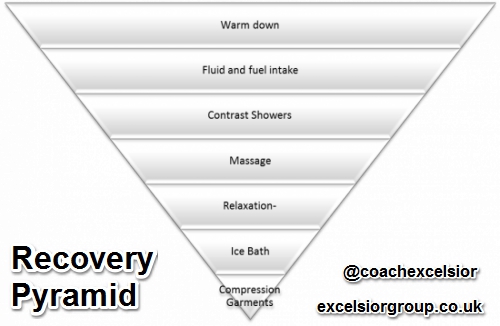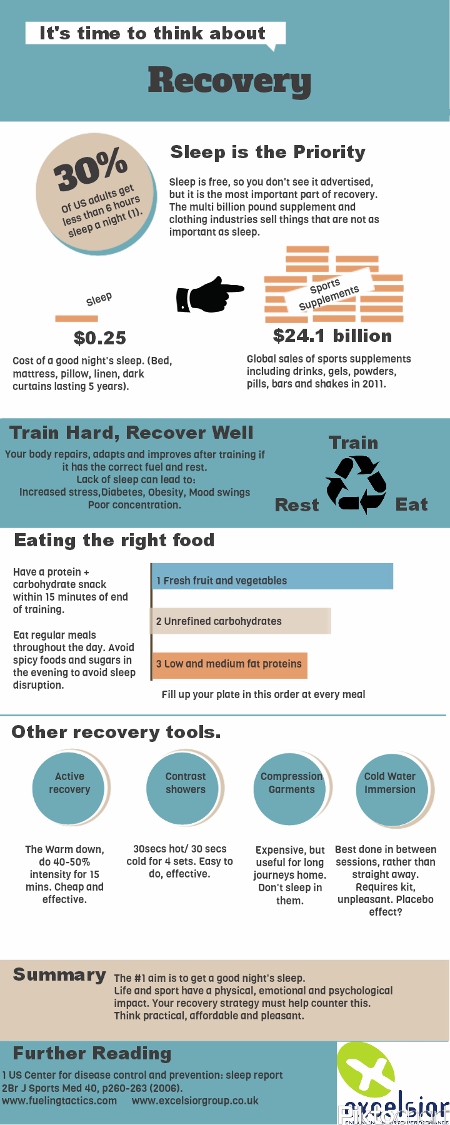Posts Tagged ‘recovery’
How much sleep is enough after training?
Sleep deprivation has shown to
increase cortisol levels,
decrease activity of human growth hormone,
and reduce the efficiency for glucose metabolism.
Recovery Strategies for commited sports people
The Recovery Pyramid
I use a pyramid method of recovery- there is little point going onto the next level until you have done the first. The further down you go, the less proven are the strategies.
Read MoreIce Baths- Giving muscle soreness the cold shoulder?
What is the current thinking on Ice Baths?
Success in sports depends on an athlete’s ability to perform functional movements, such as running, jumping or changing direction, to a high level on a daily basis. However, the fatiguing effect of high intensity competition and training experienced by elite athletes can reduce the quality of performance.
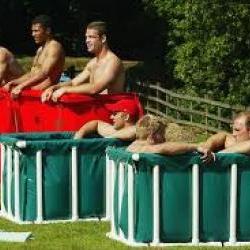
Strength and conditioning coaching course reflections
“Plyometricky: an exercise that purports to be elastic, but is performed slowly”
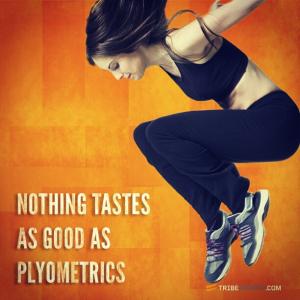 a new phrase coined last week on the level 2 Coaching Strength and Conditioning for Sport at Oxford Brookes University.
a new phrase coined last week on the level 2 Coaching Strength and Conditioning for Sport at Oxford Brookes University.
The candidates came up with that term when we were discussing the myriad of “power” exercises that are just slow jumps.
Read MoreStrength and conditioning coaching
“Lost in Transition”
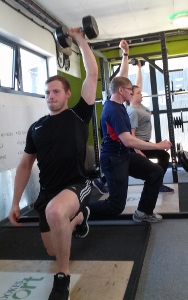 was the motto of the recent Level 2 strength and conditioning course I ran at Oxford Brookes University (The coaches were kept busy going from venue to venue and task to task, we lost a few on the way sometimes!).
was the motto of the recent Level 2 strength and conditioning course I ran at Oxford Brookes University (The coaches were kept busy going from venue to venue and task to task, we lost a few on the way sometimes!).
6 ways to get better as a strength and conditioning coach.
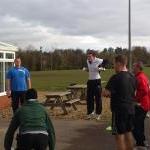 I am pleased to announce that on Saturday 6 people passed the level 1 Strength and Conditioning for Sport Course, and 2 passed the level 2.
I am pleased to announce that on Saturday 6 people passed the level 1 Strength and Conditioning for Sport Course, and 2 passed the level 2.
There were some excellent examples of coaching practice on the day, using skills and knowledge gained from the previous workshops, their studies and their own experiences.
Read MoreRecovery Infographic
Coaching disabled athletes: Global Coaches House
Paralympics Wrap Up
After watching the blind football team play at the Paralympics, I went to the final session of the Paralympics Global Coaches House, chaired by Professor Pat Duffy.
Read MoreWhat is your number 1 coaching concern?
“If in doubt, do no harm”
On Tuesday I asked a group of coaches from different sports what their main concern was in regards to strength training. It came down to these two:
- Not hurting my players
- I don’t know where to begin
With so much information out there, a lot of it conflicting, these coaches were not sure how to begin, or what was appropriate for their players.
I come across this a lot. Parents, teachers and coaches really do find this difficult.
Read More
